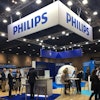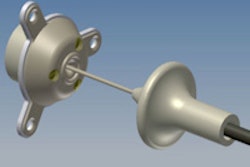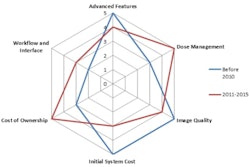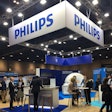Driven by its cost-effectiveness and ability to provide improvement in quality of life, interventional oncology is growing in popularity in Europe, and the specialty is rapidly evolving, according to a new report from market research firm Frost & Sullivan.
Traditional surgical techniques are now increasingly being replaced by minimally invasive image-guided procedures; primary interventional techniques include thermal ablation, high-intensity focused ultrasound (HIFU), and embolization, Frost & Sullivan said.
Radiofrequency ablation (RFA) and cryoablation are already considered sound treatment options, while transarterial chemoembolization (TACE) is probably the worldwide standard for treatment of unresectable hepatocellular carcinoma, with drug-eluting beads being the first major technology advancement in TACE, the company said. Evolving interventional technologies include microwave ablation, irreversible electroporation, and HIFU.
Although surgery remains the standard treatment method for most forms of cancer, there is ample space for new technologies to be implemented, Frost & Sullivan said. Microwave ablation offers advantages over RFA and is steadily growing in sales, according to the company.
Frost & Sullivan also identified selective internal radiation therapy (SIRT) and HIFU as techniques that are gaining ground due to benefits such as targeted therapy and their noninvasive nature, respectively. On the downside, treatment methods using ablation technologies and SIRT have little or no reimbursement in Europe, as surgery continues to be the trusted and globally reimbursed cancer treatment mode.
In addition, full clinical evidence for effective use of new technologies is still lacking, Frost & Sullivan said. New technology advances as well as availability of reimbursement for interventional oncology methods would make them more popular as combined technologies, according to the firm.
In the future, Frost & Sullivan expects that image-guided multimodality routing, computerization and visualization, electromagnetic radiation, and drug delivery and immunotherapy will play a pivotal role in cancer treatment. Methods gaining popularity in this treatment space include image-guided stereotactic radiotherapy with modern methods of respiratory synchronization, the company said.



















